-
Executive Summary
-
Scope of the Report
-
Market Definition
-
Scope of the Study
- Definition
- Research Objective
- Assumptions
- Limitations
-
Research Process
- Primary Research
- Secondary Research
-
Market Size Estimation
-
Forecast Model
-
Market Landscape
-
Porter’s Five Forces Analysis
- Threat of New Entrants
- Bargaining Power of Buyers
- Threat of Substitutes
- Segment Rivalry
- Bargaining Power of Buyers
-
Value Chain/Supply Chain Analysis
-
Market Dynamics
-
Introduction
-
Market Drivers
-
Market Restraints
-
Market Opportunities
-
Market Trends
-
Global Garbage Collection Vehicle Market, by Loader Type
-
Introduction
-
Front Loader
- Market Estimates & Forecast, 2023-2032
- Market Estimates & Forecast, by Region, 2023-2032
-
Rear Loader
- Market Estimates & Forecast, 2023-2032
- Market Estimates & Forecast, by Region, 2023-2032
-
Automated Side Loader (ASL)
- Market Estimates & Forecast, 2023-2032
- Market Estimates & Forecast, by Region, 2023-2032
-
Others
- Market Estimates & Forecast, 2023-2032
- Market Estimates & Forecast, by Region, 2023-2032
-
Global Garbage Collection Vehicle Market, by Technology
-
Manual
- Market Estimates & Forecast, 2023-2032
- Market Estimates & Forecast, by Region, 2023-2032
-
Semi-Automatic
- Market Estimates & Forecast, 2023-2032
- Market Estimates & Forecast, by Region, 2023-2032
-
Global Garbage Collection Vehicle Market, by Vehicle Type
-
Introduction
-
Light Duty Vehicle
- Market Estimates & Forecast, 2023-2032
- Market Estimates & Forecast, by Region, 2023-2032
-
Heavy Duty Vehicle
- Market Estimates & Forecast, 2023-2032
- Market Estimates & Forecast, by Region, 2023-2032
-
Global Garbage Collection Vehicle Market, by Propulsion
-
Introduction
-
ICE
- Market Estimates & Forecast, 2023-2032
- Market Estimates & Forecast, by Region, 2023-2032
-
Electric Vehicle
- Market Estimates & Forecast, 2023-2032
- Market Estimates & Forecast, by Region, 2023-2032
- Battery Electric Vehicle (BEV)
- Plug-in Hybrid Electric Vehicle (PHEV)
- Hybrid Electric Vehicle (HEV)
-
Global Garbage Collection Vehicle Market, by Application
-
Introduction
-
Residential
- Market Estimates & Forecast, 2023-2032
- Market Estimates & Forecast, by Region, 2023-2032
-
Non-Residential
- Market Estimates & Forecast, 2023-2032
- Market Estimates & Forecast, by Region, 2023-2032
-
Global Garbage Collection Vehicle Market, by Region
-
Introduction
-
North America
- Market Estimates & Forecast, by Country, 2023-2032
- Market Estimates & Forecast, by Loader Type, 2023-2032
- Market Estimates & Forecast, by Technology, 2023-2032
- Market Estimates & Forecast, by Vehicle Type, 2023-2032
- Market Estimates & Forecast, by Propulsion, 2023-2032
- Market Estimates & Forecast, by Application, 2023-2032
- US
- Canada
-
Europe
- Market Estimates & Forecast, by Country, 2023-2032
- Market Estimates & Forecast, by Loader Type, 2023-2032
- Market Estimates & Forecast, by Technology, 2023-2032
- Market Estimates & Forecast, by Vehicle Type, 2023-2032
- Market Estimates & Forecast, by Propulsion, 2023-2032
- Market Estimates & Forecast, by Application, 2023-2032
- UK
- Germany
- France
- Italy
- Rest of Europe
-
Asia-Pacific
- Market Estimates & Forecast, by Country, 2023-2032
- Market Estimates & Forecast, by Loader Type, 2023-2032
- Market Estimates & Forecast, by Technology, 2023-2032
- Market Estimates & Forecast, by Vehicle Type, 2023-2032
- Market Estimates & Forecast, by Propulsion, 2023-2032
- Market Estimates & Forecast, by Application, 2023-2032
- China
- Japan
- India
- Rest of Asia-Pacific
-
Rest of The World
- Market Estimates & Forecast, by Region, 2023-2032
- Market Estimates & Forecast, by Loader Type, 2023-2032
- Market Estimates & Forecast, by Technology, 2023-2032
- Market Estimates & Forecast, by Vehicle Type, 2023-2032
- Market Estimates & Forecast, by Propulsion, 2023-2032
- Market Estimates & Forecast, by Application, 2023-2032
- Middle East & Africa
- Latin America
-
Competitive Landscape
-
Company Profile
-
Heil Environmental
- Company Overview
- Products/Services Offered
- Financial Overview
- Key Developments
- Key Strategies
- SWOT Analysis
-
Geesink B.V.
- Company Overview
- Products/Services Offered
- Financial Overview
- Key Developments
- Key Strategies
- SWOT Analysis
-
FAUN Umwelttechnik GmbH & Co. KG
- Company Overview
- Products/Services Offered
- Financial Overview
- Key Developments
- Key Strategies
- SWOT Analysis
-
CEEC TRUCKS INDUSTRY CO., LIMITED
- Company Overview
- Products/Services Offered
- Financial Overview
- Key Developments
- Key Strategies
- SWOT Analysis
-
Bridgeport Manufacturing
- Company Overview
- Products/Services Offered
- Financial Overview
- Key Developments
- Key Strategies
- SWOT Analysis
-
Zoomlion Heavy Industry Science and Technology Co., Ltd
- Company Overview
- Products/Services Offered
- Financial Overview
- Key Developments
- Key Strategies
- SWOT Analysis
-
Pak-Mor.
- Company Overview
- Products/Services Offered
- Financial Overview
- Key Developments
- Key Strategies
- SWOT Analysis
-
Dennis Eagle Limited
- Company Overview
- Products/Services Offered
- Financial Overview
- Key Developments
- Key Strategies
- SWOT Analysis
-
IVECO S.p.A.,
- Company Overview
- Products/Services Offered
- Financial Overview
- Key Developments
- Key Strategies
- SWOT Analysis
-
Dulevo International S.p.A
- Company Overview
- Products/Services Offered
- Financial Overview
- Key Developments
- Key Strategies
- SWOT Analysis
-
-
List of Tables
-
Global Garbage Collection Vehicle Market, by Region, 2023-2032
-
North America: Garbage Collection Vehicle Market, by Country, 2023-2032
-
Europe: Garbage Collection Vehicle Market, by Country, 2023-2032
-
Asia-Pacific: Garbage Collection Vehicle Market, by Country, 2023-2032
-
Row: Garbage Collection Vehicle Market, by Region, 2023-2032
-
Global Garbage Collection Vehicle Market, by Loader Type, by Regions, 2023-2032
-
North America: Garbage Collection Vehicle Market, by Loader Type, by Country, 2023-2032
-
Europe: Garbage Collection Vehicle Market, by Loader Type, by Country, 2023-2032
-
Asia-Pacific: Garbage Collection Vehicle Market, by Loader Type, by Country, 2023-2032
-
Row: Garbage Collection Vehicle Market, by Loader Type, by Country, 2023-2032
-
Global Garbage Collection Vehicle Market, by Technology, by Regions, 2023-2032
-
North America: Garbage Collection Vehicle Market, by Technology, by Country, 2023-2032
-
Europe: Garbage Collection Vehicle Market, by Technology, by Country, 2023-2032
-
Asia-Pacific: Garbage Collection Vehicle Market, by Technology, by Country, 2023-2032
-
Row: Garbage Collection Vehicle Market, by Technology, by Country, 2023-2032
-
Global Garbage Collection Vehicle Market, by Vehicle Type, by Regions, 2023-2032
-
North America: Garbage Collection Vehicle Market, by Vehicle Type, by Country, 2023-2032
-
Europe: Garbage Collection Vehicle Market, by Vehicle Type, by Country, 2023-2032
-
Asia-Pacific: Garbage Collection Vehicle Market, by Vehicle Type, by Country, 2023-2032
-
Row: Garbage Collection Vehicle Market, by Vehicle Type, by Country, 2023-2032
-
Global Garbage Collection Vehicle Market, by Application, by Regions, 2023-2032
-
North America: Garbage Collection Vehicle Market, by Application, by Country, 2023-2032
-
Europe: Garbage Collection Vehicle Market, by Application, by Country, 2023-2032
-
Asia-Pacific: Garbage Collection Vehicle Market, by Application, by Country, 2023-2032
-
Row: Garbage Collection Vehicle Market, by Application, by Country, 2023-2032
-
Global Garbage Collection Vehicle, by Propulsion Market, by Regions, 2023-2032
-
North America: Garbage Collection Vehicle Market, by Propulsion, by Country, 2023-2032
-
Europe: Garbage Collection Vehicle Market, by Propulsion, by Country, 2023-2032
-
Asia-Pacific: Garbage Collection Vehicle Market, by Propulsion, by Country, 2023-2032
-
Row: Garbage Collection Vehicle Market, by Propulsion, by Country, 2023-2032
-
Global Garbage Collection Vehicle Market, by Region, 2023-2032
-
Global Garbage Collection Vehicle Market, by Loader Type, 2023-2032
-
Global Garbage Collection Vehicle Market, by Technology, 2023-2032
-
Global Garbage Collection Vehicle Market, by Vehicle Type, 2023-2032
-
Global Garbage Collection Vehicle Market, by Application, 2023-2032
-
Global Garbage Collection Vehicle Market, by Propulsion, 2023-2032
-
-
List of Figures
-
Research Process of MRFR
-
Top-Down and Bottom-Up Approach
-
Market Dynamics
-
Impact Analysis: Market Drivers
-
Impact Analysis: Market Restraints
-
Porter''s Five Forces Analysis
-
Value Chain Analysis
-
Global Garbage Collection Vehicle Market Share, by Loader Type, 2023 (%)
-
Global Garbage Collection Vehicle Market, by Loader Type, 2023-2032 (USD Million)
-
Global Garbage Collection Vehicle Market Share, by Technology, 2023 (%)
-
Global Garbage Collection Vehicle Market, by Technology, 2023-2032 (USD Million)
-
Global Garbage Collection Vehicle Market Share, by Vehicle Type, 2023 (%)
-
Global Garbage Collection Vehicle Market, by Vehicle Type, 2023-2032 (USD Million)
-
Global Garbage Collection Vehicle Market Share, by Application, 2023 (%)
-
Global Garbage Collection Vehicle Market, by Application, 2023-2032 (USD Million)
-
Global Garbage Collection Vehicle Market Share, by Propulsion, 2023 (%)
-
Global Garbage Collection Vehicle Market, by Propulsion, 2023-2032 (USD Million)
-
Global Garbage Collection Vehicle Market Share (%), by Region, 2023 (%)
-
Global Garbage Collection Vehicle Market, by Region, 2023-2032 (USD Million)
-
North America: Garbage Collection Vehicle Market Share (%), 2023 (%)
-
North America: Garbage Collection Vehicle Market, by Country, 2023-2032 (USD Million)
-
Europe: Garbage Collection Vehicle Market Share (%), 2023 (%)
-
Europe: Garbage Collection Vehicle Market, by Country, 2023-2032 (USD Million)
-
Asia-Pacific: Garbage Collection Vehicle Market Share (%), 2023 (%)
-
Asia-Pacific: Garbage Collection Vehicle Market, by Country, 2023-2032 (USD Million)
-
Rest of The World Garbage Collection Vehicle Market Share (%), 2023 (%)
-
Rest of The World Garbage Collection Vehicle Market, by Country, 2023-2032 (USD Million)
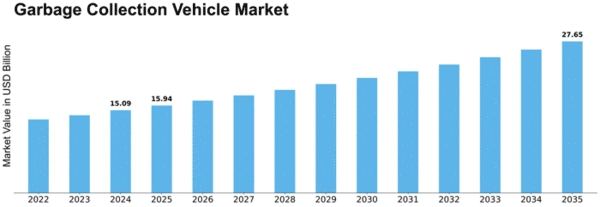

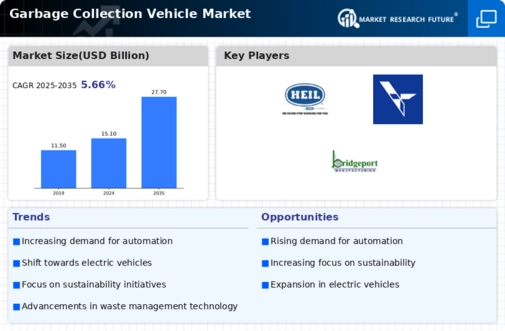

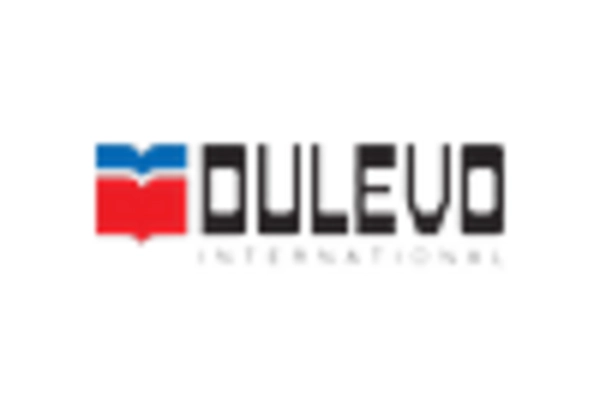

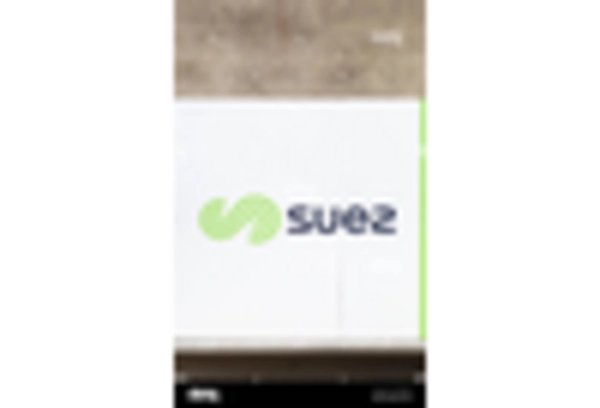
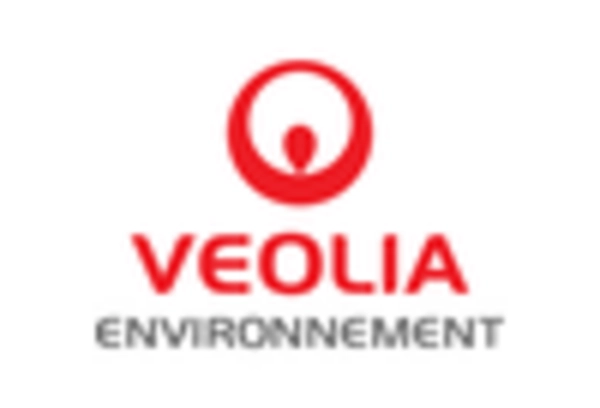
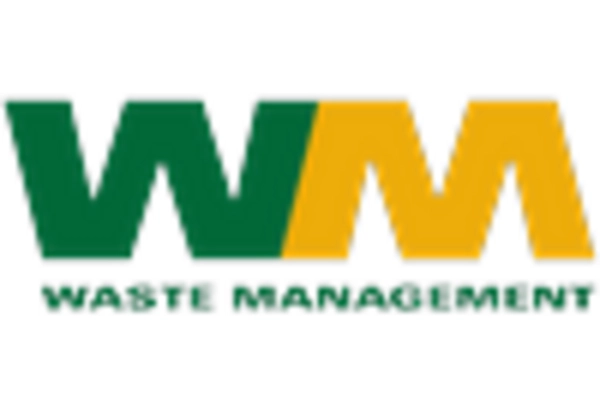









Leave a Comment